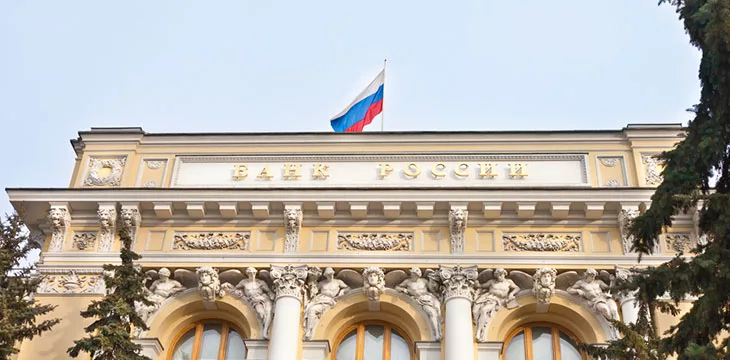|
Getting your Trinity Audio player ready...
|
Following the imposition of Western-backed economic sanctions, First Deputy Governor of the Bank of Russia Olga Skorobogatova has expressed confidence in the country’s ability to circumnavigate the existing payment embargo.
Skorobogatova stated that the country is throwing its weight behind a central bank digital currency (CBDC) saddled with cross-border payment features, according to a Forbes report. Since the invasion of Ukraine, global payment platforms excluded Russian banks from the service, making it a herculean task for institutions to settle international transactions.
“The main thing is to have agreements between two or more countries,” Skorobogatova said. “If there are such agreements, then the integration of digital currencies can really replace SWIFT, because payments and information on them will take place in a completely different settlement infrastructure than now.”
On the technical side of things, Russia’s CBDC will adopt a hybrid formula of both centralized and blockchain solutions. Despite the pressing need for a speedy rollout, Skorobogatova confirmed that the digital ruble project will advance in stages, modeled after China’s digital yuan pilot.
Skorobogatova remarked that the government would not resort to paying salaries of its employees in CBDCs to stimulate usage, shutting down comparisons with the Mir payment system. The central bank executive confirmed that the Bank of Russia will be the primary tester of the digital ruble, with a separate unit provided to resolve any arising disputes.
She added that the digital ruble is solely for payment and transfers, so the central bank will not issue loans in the CBDC nor charge interest rates. While CBDC development appears to be frantic in Russia, Skorobogatova notes that the country is also keen on introducing a retail version but stated that the possibility of adding offline payment functionalities is slim.
“We have studied the market—there are no ready-made or close to ready-made technological solutions,” Skorobogatova said. “For offline payments, you need to develop your own solutions. This is in our plans, but not at the first stage.”
Bumps along the road for a digital ruble
Plans for a digital ruble hit a stumbling block after a planned pilot was delayed following the failure of the legislators to pass a law to give validity to the experiments. The bill was clogged by several issues, including the Bank of Russia’s exact powers and non-residents’ rights to use CBDCs.
Authorities say that once the legislative hurdles have been scaled, the pilot is expected to kick off with 13 banks probing into several use cases for the CBDC. Alongside the digital ruble, Russia is exploring the potential of a common currency among BRICs nations, but it all hangs in the balance.
To learn more about central bank digital currencies and some of the design decisions that need to be considered when creating and launching it, read nChain’s CBDC playbook.
Watch: How to educate people about blockchain? Demonstrate the tech

 01-02-2026
01-02-2026 




